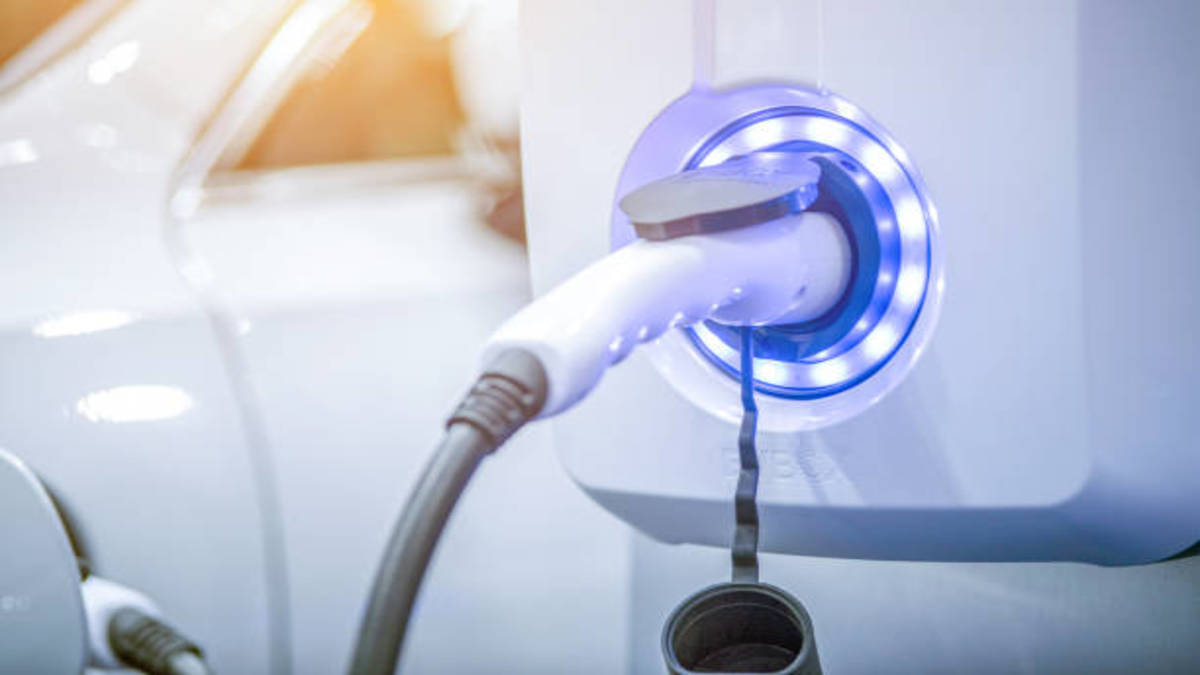CSIRO report: Could tech developments disrupt the demand outlook for battery metals?

Pic: Getty
As the EV boom and the broader clean energy transition gathers pace, investors are monitoring the demand outlooks for key metals and rare earths that will play a central role in the shift.
On that front, a new report by the CSIRO this week offers some insights into the future of that supply and demand outlook.
The report ‘Known Unknowns: the devil in the details of energy metal demand’ uses the Physical Stocks and Flows Framework (PSFF) tool to look at three EV battery metals (cobalt, lithium and nickel) under three different EV uptake scenarios.
Among the key questions for users to explore, is how technological change and recycling recovery rates will impact the demand and supply of metals.
It suggests that metals used in electric vehicles may be more complicated than what is currently accepted.
CSIRO’s critical energy metals mission-in-development lead, Dr Jerad Ford, said the PSFF tool uses factors not currently accounted for in traditional forecasts to test the demand and supply assumptions.
“We know that demand for many metals will increase substantially as the world transitions to a low carbon economy,” Dr Ford said.
However, unsophisticated models based on current supply levels and recycling levels could lead to “many mischaracterisations of the real opportunities in both metal mining and recycling”.
“They ignore the dynamics of materials flows on a global scale, and the expected changes in underlying technologies,” Ford said.
Cobalt and nickel could have an extremely short demand cycle
Ford and his team framed their research with scenario-based analysis for three different supply/demand projections, based on the variables outlined above.
For instance, it is commonly assumed that demand for newly-mined metals like cobalt and nickel will continue to increase for the foreseeable future, as they are essential for high performance lithium-ion batteries used in EVs.
However, by “Accounting for additional factors such as changes in battery chemistry, quicker EV uptake, and higher levels of recycling, the PSFF tool suggests that cobalt demand may have a short demand window before an extended glut”, Ford said.
The CSIRO’s model also calculated a scenario where nickel demand also peaks early before falling back, while lithium remains “stronger for longer before also trailing off in the out-years”.
“This challenges conventional wisdom that the demand for these battery metals will mirror each other,” Ford said.
The report also looks at the potential for retiring EV batteries to meet the electricity storage requirements of a renewables-based electricity grid.
While the PSFF is not intended to be used as a prediction tool, it enables the “development of internally consistent scenarios to explore how major components of the energy transition will play out and interact with each other”, Ford said.
“This tool allows us to take assumptions about a range of factors to test what supply and demand will look like for different metals under those conditions, empowering Australian businesses to manage risk and stay ahead of the market,” he said.
UNLOCK INSIGHTS
Discover the untold stories of emerging ASX stocks.
Daily news and expert analysis, it's free to subscribe.
By proceeding, you confirm you understand that we handle personal information in accordance with our Privacy Policy.








